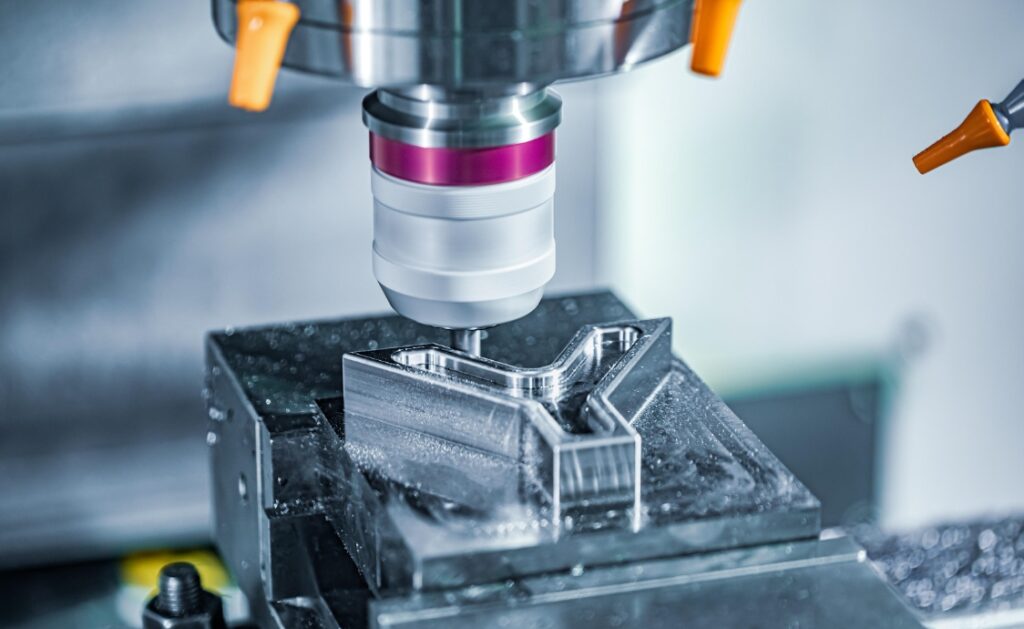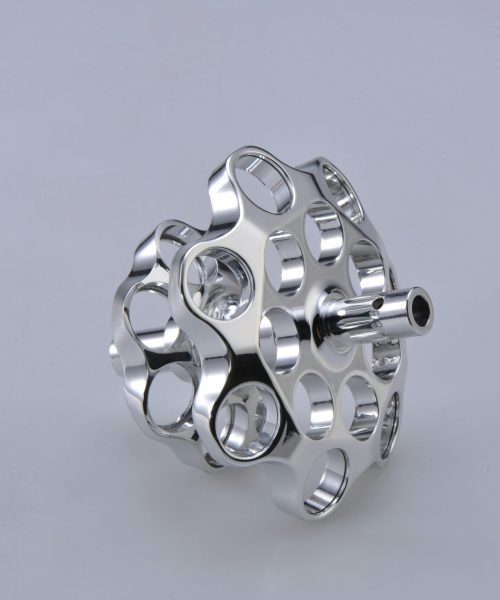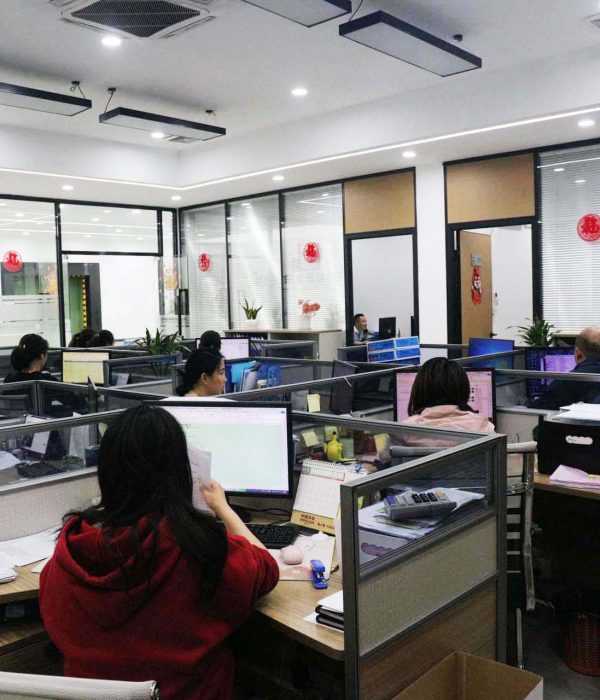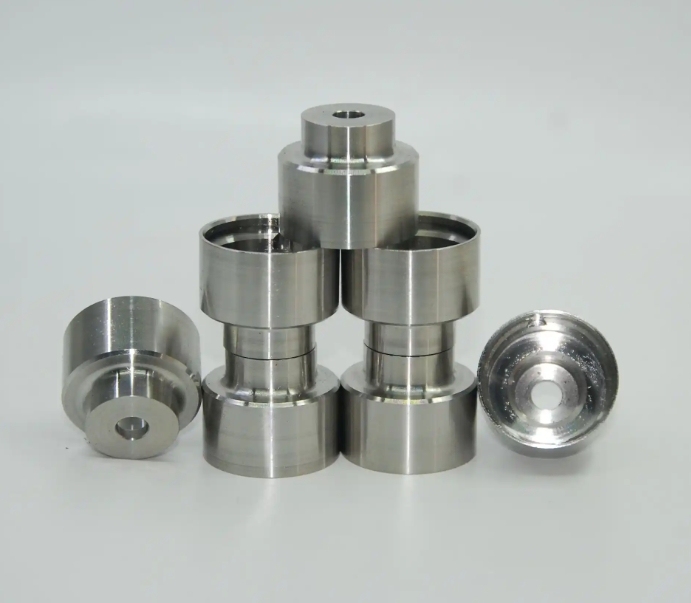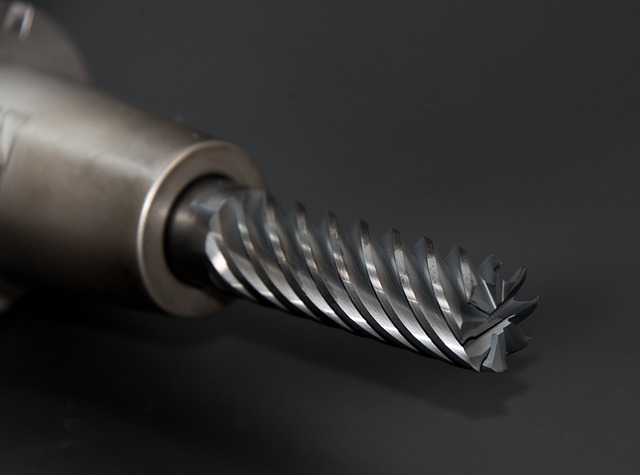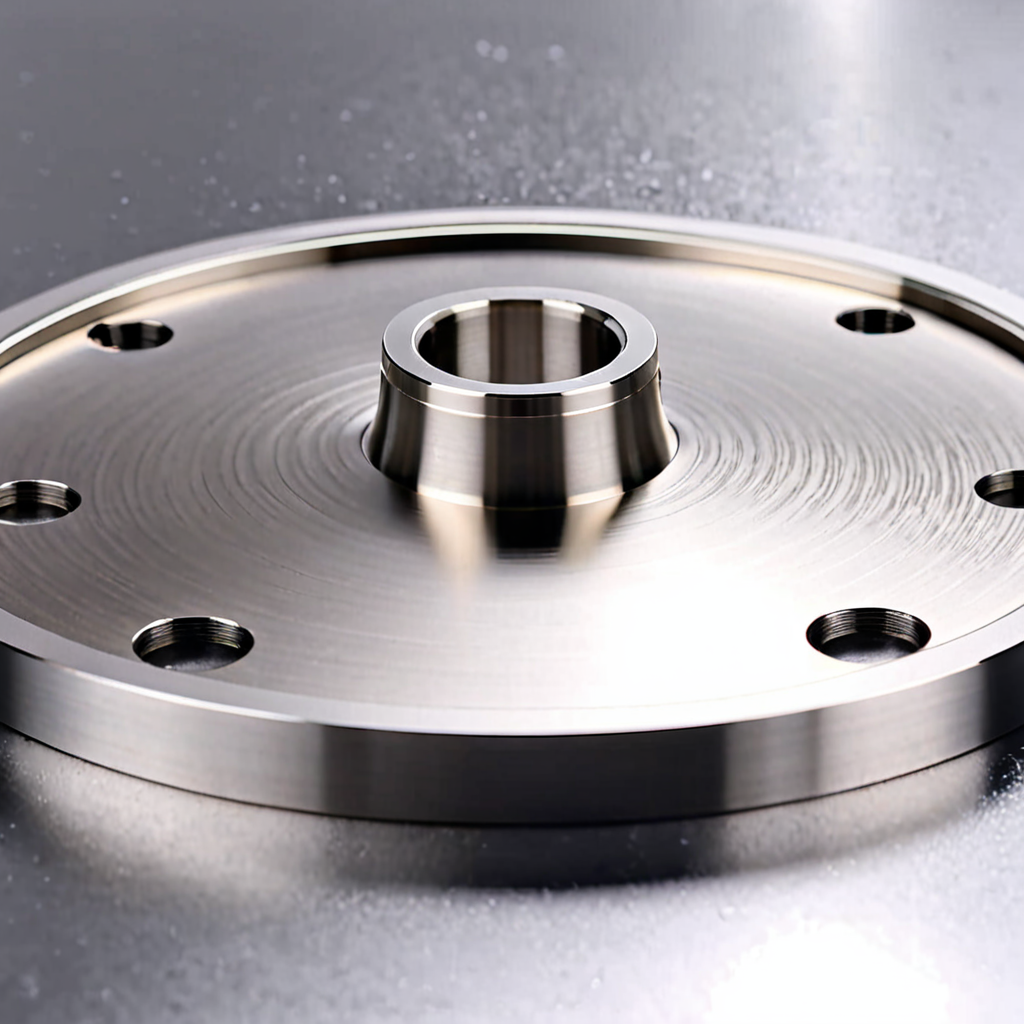Computer Numerical Control (CNC) machining stands as a cornerstone of modern manufacturing, underpinning the production of intricate and high-precision components across a multitude of sectors. From the demanding tolerances of aerospace and the high-volume needs of the automotive industry to the critical specifications of medical devices and the miniaturization of electronics, CNC machining provides the accuracy and repeatability essential for today’s complex products. As we approach 2025, this vital industry is undergoing a period of rapid transformation, driven by technological advancements and evolving market demands. Understanding these shifts is crucial for businesses seeking reliable and innovative Usinage CNC partners to maintain a competitive edge.
Key Trends Driving the 2025 CNC Machining Industry
The landscape of CNC machining in 2025 is being significantly shaped by several key trends that are poised to redefine manufacturing processes and capabilities.
Increased Automation and Robotics: The integration of automation and robotics into CNC machining is no longer a futuristic vision but a present-day reality that is rapidly expanding . Optimizing automation and robotics is identified as a leading trend, with CNC technologies performing automated tasks becoming increasingly intuitive and user-friendly, often resembling the interfaces of smartphones . This ease of use allows a broader range of facilities to adopt automation without requiring extensive specialized training. Robots are being extensively employed alongside CNC machines for mundane yet critical tasks such as loading and unloading workpieces, executing tool changes, and conducting quality inspections . This integration leads to faster work handling, a significant reduction in human error, and the potential for continuous, 24/7 operation . Automated systems are becoming standard in many facilities, enabling increased production capacity and ensuring consistent quality across large production runs . Furthermore, the incorporation of robotic automation in CNC systems facilitates faster tool changes and more efficient material handling, ultimately enhancing production speed and enabling the creation of more complex designs that would be considerably more time-consuming and costly to produce manually . This move towards greater automation signifies a fundamental shift in how CNC machining operations are conducted, emphasizing efficiency, precision, and the ability to handle intricate geometries with greater ease.

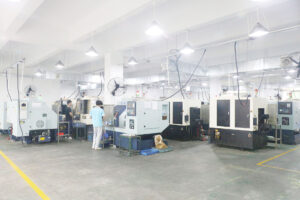
Integration of Artificial Intelligence and Machine Learning: Artificial Intelligence (AI) and Machine Learning (ML) are increasingly being woven into the fabric of CNC machining, bringing a new level of intelligence and efficiency to the manufacturing process . AI and ML algorithms are being integrated into CNC machines to learn from prior operations, thereby improving their performance in real-time . These intelligent systems can identify patterns, accurately predict tool wear, and make adjustments to mechanisms, leading to enhanced accuracy and overall efficiency throughout the production process . AI plays a crucial role in optimizing tool paths, predicting when maintenance will be needed, and monitoring the quality of parts in real-time . This capability allows machines to adapt to changing conditions, improving precision and reducing errors without the need for direct human intervention . Moreover, AI is impacting CNC programming by providing informed recommendations to users, even those with less experience, which helps in making better decisions, reducing the likelihood of errors, and streamlining the setup process, ultimately enhancing the accuracy of machining operations . The applications of AI extend to process optimization by analyzing vast amounts of historical and live data to determine optimal cutting speeds, feed rates, and tool paths, resulting in more efficient machining and reduced cycle times . Predictive maintenance, driven by AI, monitors the condition of CNC machines through sensor data and performance analytics, allowing for the forecasting of potential machine failures before they occur, thus enabling proactive maintenance that prevents costly disruptions . AI-powered vision systems are also being used for quality assurance, detecting defects and inconsistencies in real-time . The comprehensive integration of AI and ML into CNC machining signifies a transition towards smarter, more autonomous, and more reliable manufacturing processes, offering the potential for superior precision, faster turnaround times, and reduced operational costs through optimized performance and proactive maintenance.

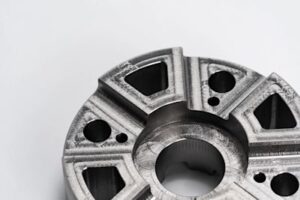
Advancements in Multi-Axis Machining: The sophistication and adoption of multi-axis CNC machines are on the rise, offering enhanced capabilities for producing complex parts . Unlike traditional 3-axis machines that operate along the X, Y, and Z axes, multi-axis machines can work on multiple axes simultaneously, enabling the creation of highly complex parts with intricate geometries that were previously challenging or even impossible to manufacture . The adoption of multi-axis CNC machines, particularly 5-axis machining, is considered a significant advancement for producing complex components, allowing for intricate geometries to be created in a single setup . This capability not only expands the possibilities for part design but also reduces the need for multiple setups, which saves valuable production time and improves overall accuracy by minimizing the handling of the workpiece. Universal milling machines, with their multi-axis capabilities and rotary tables, exemplify this trend by offering the flexibility and precision required to handle complex geometries, allowing for cutting, shaping, and moving materials precisely as needed for intricate contours, angled cuts, and detailed surface finishing . The increasing demand for complex and intricate parts across various industries positions multi-axis machining as a critical capability for CNC machining providers looking to cater to these advanced manufacturing needs.

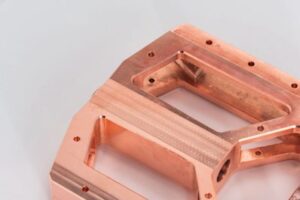
The Growing Importance of Advanced Materials: The manufacturing landscape is witnessing an increasing demand for lightweight yet durable materials, such as advanced composites and superalloys . This shift is driven by industries like aerospace and automotive, where reducing weight while maintaining strength is crucial for performance and efficiency. Consequently, CNC machining is adapting to handle these advanced materials with greater precision. CNC machines equipped with enhanced tooling and cooling technologies are becoming essential to machine these materials effectively and consistently due to their unique properties and machining requirements . Furthermore, advancements in material science are continuously expanding the range of materials that can be used in CNC machining, encompassing not only traditional metals but also advanced composites and ceramics . This broadening palette of machinable materials opens up new possibilities for product design and functionality across various applications. In 2025 and beyond, CNC machines are expected to increasingly handle these materials with greater precision, thanks to ongoing improvements in cutting tools and techniques, including specialized methods like waterjet cutting and laser cutting, which are particularly well-suited for certain advanced materials . The ability to effectively machine a diverse range of materials, including these advanced options, will be a significant differentiator for CNC machining providers, allowing them to serve a wider array of client needs and industries.

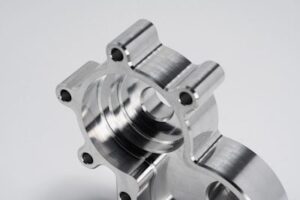
Real-Time Monitoring and IoT Connectivity: The integration of the Internet of Things (IoT) into CNC machining operations is bringing about a new era of real-time monitoring and data-driven decision-making . The ability to monitor machinery in real-time is becoming a crucial aspect of modern CNC machining, allowing for predictive maintenance by enabling machines to self-report maintenance needs, track and correct issues related to output quality, and optimize tool usage . This proactive approach helps minimize downtime and ensures consistent production. Modern CNC machines are increasingly equipped with sensors that provide a continuous stream of data on machine performance, tool wear, and the quality of the parts being produced . This data can be accessed remotely, allowing manufacturers to monitor multiple machines in real-time and identify potential issues before they escalate and affect production . Real-time monitoring also facilitates predictive maintenance, where data from sensors can indicate when a machine or tool is likely to fail, enabling timely intervention and preventing unexpected breakdowns . This level of connectivity and monitoring allows for better process control, faster issue resolution, and improved overall equipment effectiveness, ultimately benefiting both the CNC machining provider and their clients through increased reliability and efficiency.
Focus on Sustainability and Energy Efficiency: Environmental consciousness is increasingly influencing all aspects of manufacturing, and CNC machining is no exception . There is a growing emphasis on adopting eco-friendly practices and improving energy efficiency within the CNC machining industry. As new technologies are developed and implemented to make machining processes more efficient, energy consumption is expected to decrease . Sustainability is becoming a critical focus, with CNC machining facilities adopting practices such as recycling materials, reducing waste through optimized material usage, and investing in energy-efficient machinery and equipment to lower their carbon footprint and operational costs . Innovations like improved nesting algorithms, which optimize how parts are arranged on raw material to minimize waste, and the use of energy-efficient motors are key drivers in this trend towards greener manufacturing . The future of CNC cutting will see a greater emphasis on reducing waste, conserving energy, and minimizing the environmental impact of manufacturing processes . By prioritizing sustainability and energy efficiency, CNC machining providers can not only contribute to a more environmentally responsible future but also potentially attract clients who value these practices and benefit from reduced operational costs associated with greener technologies.


GCH Process: Your Strategic Partner in the 2025 CNC Machining Era
In the dynamic landscape of CNC machining in 2025, GCH Process can strategically position itself as a leading provider by embracing and leveraging the key trends shaping the industry.
Embracing Automation for Efficiency and Cost-Effectiveness: Recognizing the increasing importance of automation, GCH Process can highlight its utilization of the latest automation technologies to deliver efficient and cost-effective Services d'usinage CNC. This includes the implementation of robotic arms for seamless material handling, automated tool changers for faster production cycles, and potentially even the adoption of lights-out manufacturing capabilities to maximize machine uptime. By emphasizing these automated processes, GCH Process can assure clients of faster project completion times and competitive pricing, particularly for high-volume production needs.
Leveraging Advanced Technologies for Precision and Complexity: To cater to the growing demand for intricate and high-precision parts, GCH Process can showcase its commitment to employing cutting-edge technologies. This includes the use of advanced multi-axis machining centers, such as 5-axis or higher configurations, and the integration of AI-powered CAD/CAM software. These advanced tools enable GCH Process to handle complex geometries and achieve tight tolerances, making them an ideal partner for industries with demanding specifications, such as aerospace and medical device manufacturing, where precision is paramount.
Expertise in Handling Diverse Materials: Understanding the evolving material landscape, GCH Process can emphasize its expertise in machining a wide array of materials, including advanced composites and superalloys. This demonstrates versatility and technical proficiency, making GCH Process an attractive partner for clients working with specialized or high-performance materials like titanium, Inconel, carbon fiber, and technical ceramics. Highlighting the use of specialized tooling and machining techniques tailored to each material further underscores their capability.
Commitment to Quality and Timely Delivery: In the critical area of quality assurance, GCH Process can highlight its dedication to maintaining the highest standards through rigorous quality control processes and the implementation of real-time monitoring systems. This ensures consistent part quality and adherence to client specifications. Emphasizing their commitment to on-time delivery and meeting project deadlines builds trust and positions GCH Process as a reliable and dependable partner.
Sustainability Initiatives: Recognizing the increasing focus on environmental responsibility, GCH Process can showcase its commitment to sustainable practices. This may include investments in energy-efficient machinery, the implementation of material recycling programs, and the use of optimized nesting software to minimize waste. By highlighting these initiatives, GCH Process can attract environmentally conscious clients and enhance its reputation as a forward-thinking and responsible company.
The Expanding Applications of CNC Machining in 2025
The versatility and precision of CNC machining continue to drive its expanding applications across various industries in 2025.
Aérospatiale : The aerospace industry relies heavily on CNC machining for producing high-precision and complex components using advanced materials. Multi-axis machining plays a crucial role in creating intricate parts like turbine blades and structural components, where tight tolerances are essential for performance and safety
Automotive (especially Electric Vehicles): The automotive sector, particularly with the rapid growth of electric vehicles, is increasingly demanding CNC machining for components like battery enclosures and motor housings. These parts require precise manufacturing for both safety and performance .
Dispositifs médicaux : The stringent requirements for precision and material compatibility in medical device manufacturing make CNC machining an ideal solution for producing intricate implants, surgical instruments, and diagnostic equipment. Accuracy and dependability are paramount in this field
Électronique : The electronics industry utilizes CNC machining for producing intricate parts for consumer electronics, semiconductors, and telecom communication devices. This often involves micromachining and very tight tolerances to meet the demands of miniaturization and high performance
Choosing the Right CNC Machining Partner in 2025: What to Look For
For businesses seeking a CNC machining partner in 2025, several key factors should be considered to ensure a successful collaboration.
Technological Capabilities and Innovation: It is crucial to choose a partner who invests in and utilizes the latest CNC technologies, including multi-axis machines, automation, and AI-powered software. This ensures they can handle complex projects and offer efficient solutions.
Quality Assurance and Precision: A partner with robust quality control processes, advanced metrology equipment, and a commitment to tight tolerances is essential to ensure manufactured parts meet the required specifications.
Scalability and Flexibility: The ideal partner should be able to handle varying production volumes, from prototypes to large-scale runs, and adapt to changing project requirements, including the growing demand for quick-turnaround, customized parts .
Expertise dans l'industrie : Selecting a partner with experience in the specific industry the client operates in can lead to a better understanding of their unique needs and challenges, resulting in more effective collaboration and tailored solutions.
Communication and Customer Support: Clear communication, responsiveness, and strong customer support are vital for a smooth and efficient working relationship.
Cost-Effectiveness: Consider the overall value offered by a partner, not just the initial price, taking into account factors like quality, efficiency, and reliability.
Conclusion: Navigating the Future of CNC Machining with Confidence
The CNC machining industry in 2025 is characterized by rapid advancements in automation, the integration of artificial intelligence, the increasing adoption of multi-axis machines, the growing importance of advanced materials, the connectivity offered by IoT, and a heightened focus on sustainability. Choosing a CNC machining partner who not only understands these trends but also actively embraces them is crucial for businesses looking to maintain a competitive edge. By focusing on innovation, quality, and a commitment to meeting the evolving needs of various industries, companies like GCH Process can position themselves as invaluable partners in navigating the precision frontier of modern manufacturing.

